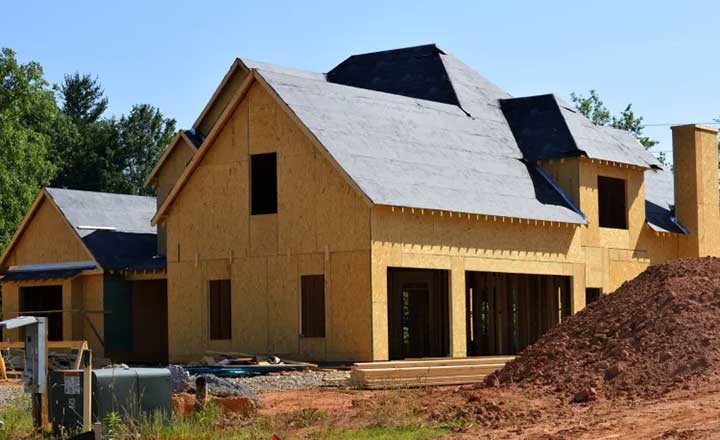
Roofs are one of the most important elements of any given property. The right roofing material can keep your house protected against weather elements. The right material can also help reduce energy bills.
Roof coatings can help improve the protection properties of the roof. In this blog post, you will learn more about roof coatings so that you can make an informed decision in protecting your roof.
Roof Coatings: An Overview
Roof coatings are chemicals that are applied to the roof. They are also known as roof covering that can increase the durability of the roof.
The application of commercial roof coatings adds an extra layer of covering that protects the roof. The coatings improve the weatherproofing properties of the roof. The coating can bridge small cracks and seams on the roofs.
A roof coating formula adheres to the surface of the roof. Application of the coating will protect your roof from damage due to exposure to sunlight. It also keeps the roof cool which reduces the energy costs.
Types of Roof Coating
Roof coatings are of different types. They vary in thickness and chemical composition. Here are the common types of roof coatings.
1. Silicone Coatings
Silicone coatings are elastic material that adheres strongly to the existing roof surface. The coating is made of an elastic silicone material that does not become brittle on exposure to sunlight.
A coating of silicone on the roof provides excellent weather resistance. The material can withstand long-term exposure to water. The coatings also resist oxidation making it the ideal choice in areas that receive excessive rainfall.
You can find silicone coatings in a range of different colors. A downside of the coating is that the material holds dirt due to which the reflectivity properties are lost over time. So, the coating is not recommended for dry and dusty areas.
Another drawback of silicone coating is that it can be applied to only a few roofing materials. You should consult a professional Huntsville roofing expert to know if the coating can be used on the existing roofing material.
2. Acrylic Coatings
Acrylic coatings provide high protection against harmful rays of the sum. The material was originally developed for application on urethane foam surfaces. But today the coating can be used on different types of surfaces including metal and single-ply membranes.
The coatings also provide excellent resistance to damage due to hail. Moreover, they have the inherent property of protection against radiation from exposure to ultraviolet rays. The coatings can also reduce the temperature inside the house by up to 20 degrees Fahrenheit.
The acrylic coating should not be applied when the temperature drops below the freezing point. Moreover, the coating should also not be applied during the rainy season. Exposure to water can reduce the protective properties of the coating.
3. Polyurethane Coatings
Polyurethane coatings were originally manufactured to be applied over existing foam roofs. But now they can be used in a variety of materials. The coating provides the best protection against impact damage.
Two different types of polyurethane coatings include aromatic and aliphatic coatings. These two coatings are generally used in combination to provide additional protection. The base coat improves the durability of the existing roofing material while the top coat protects against UV rays.
Conclusion
A roof coating can provide a protective layer to the roof. A layer of coating on the roof will act as a barrier that can reduce the impact of sunlight, rain, snow, and other weather elements. Understanding the different types of roof coatings is important as it will allow you to make an informed decision about the best roofing material.

